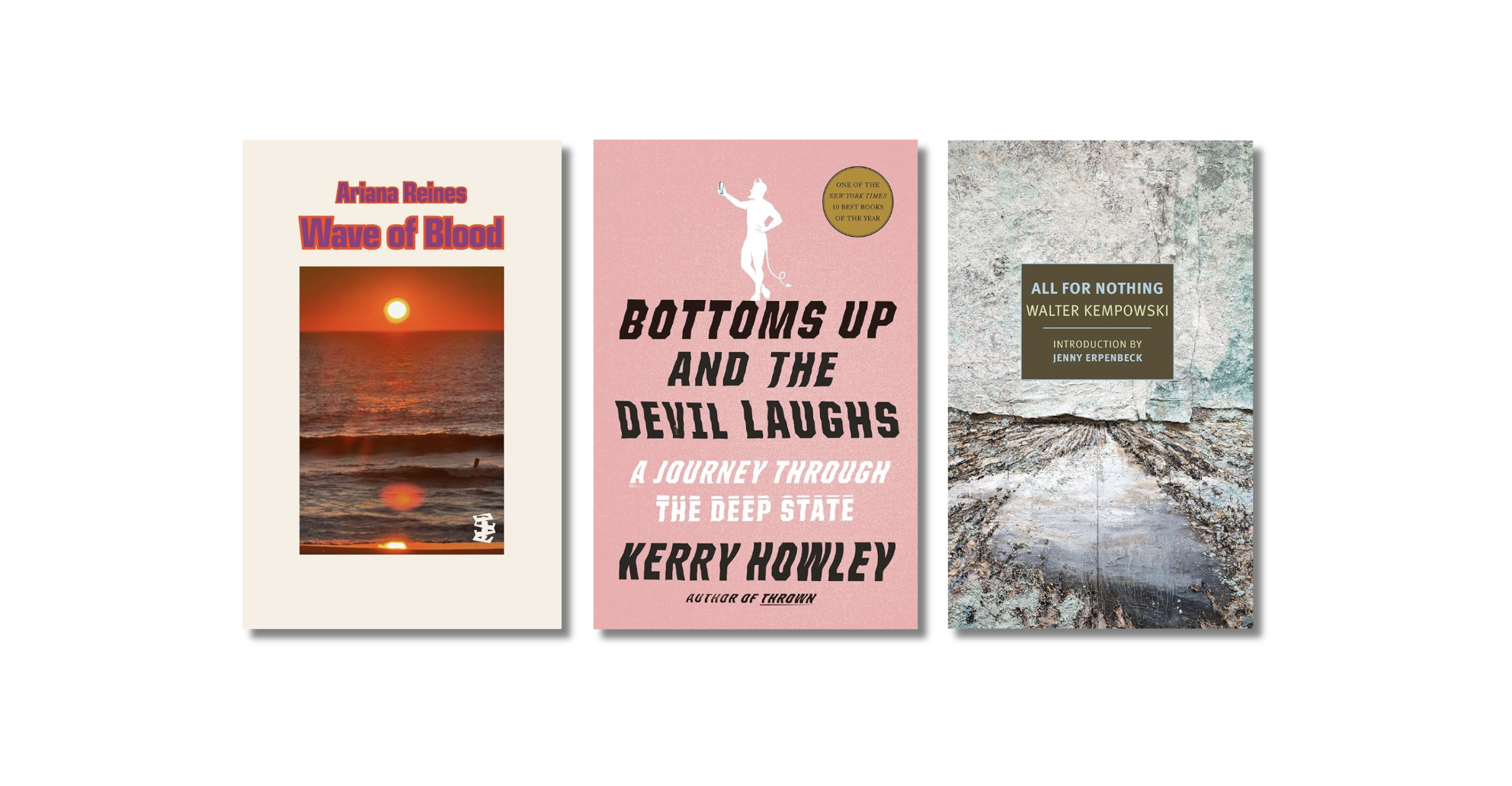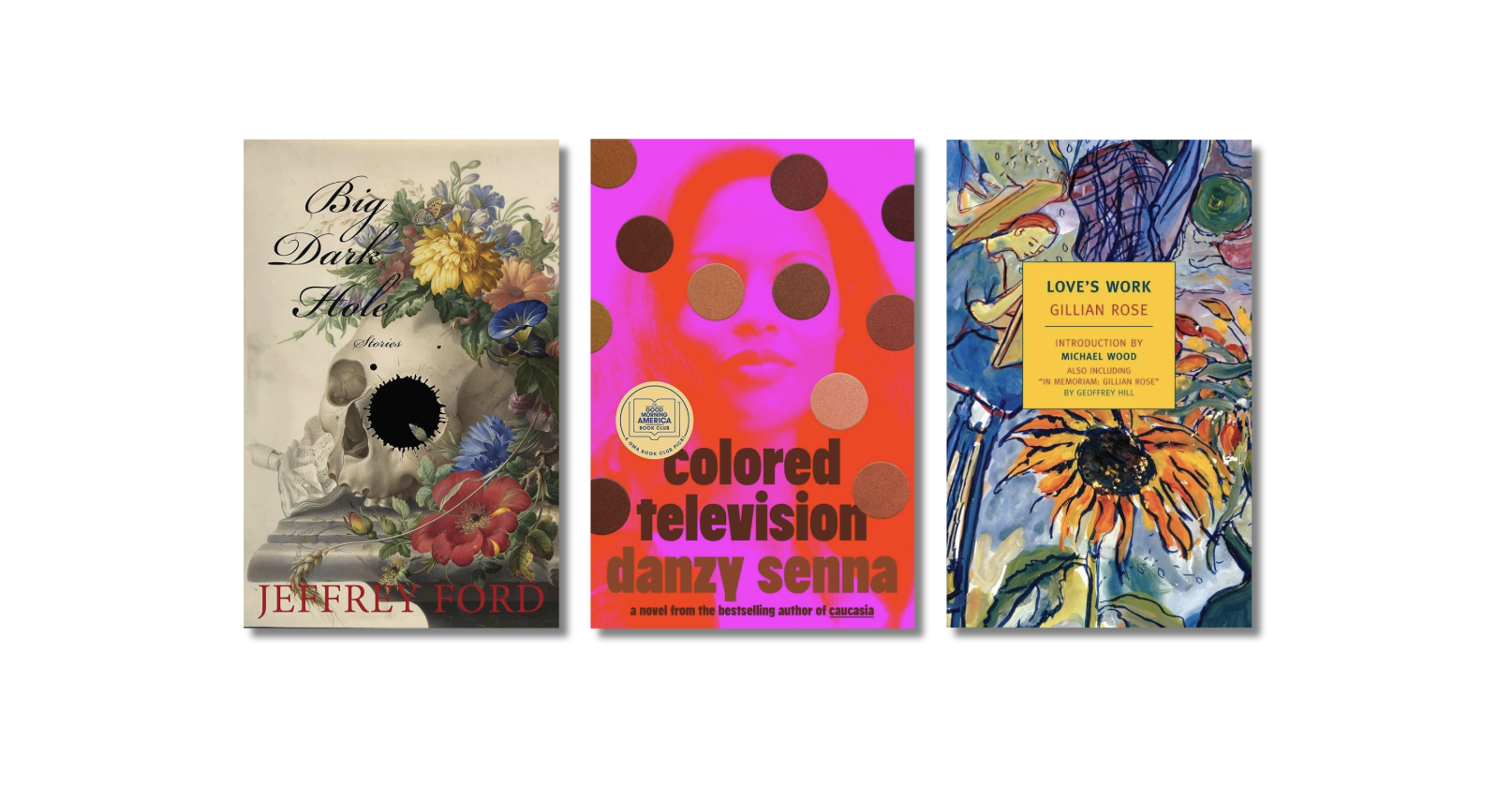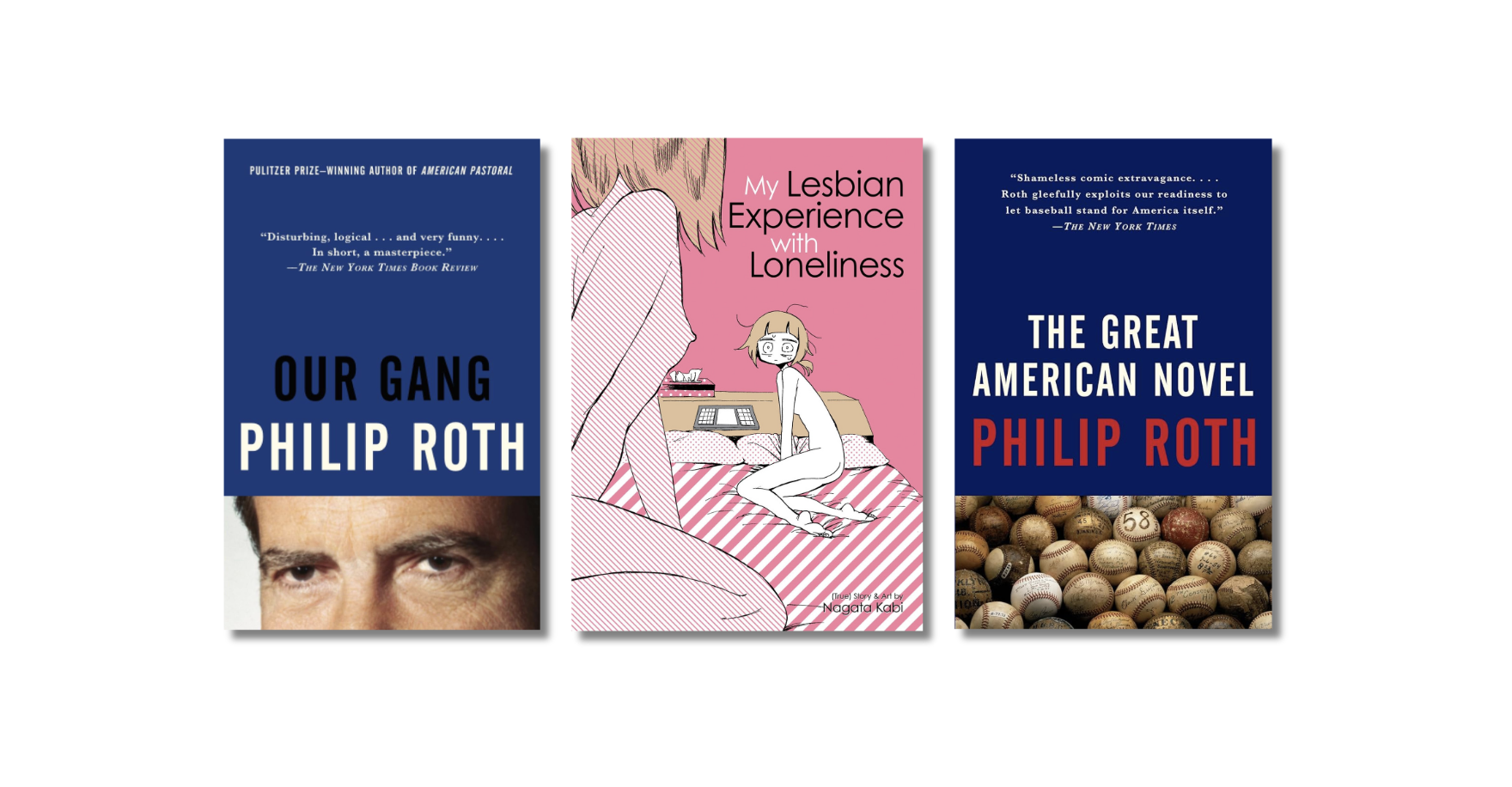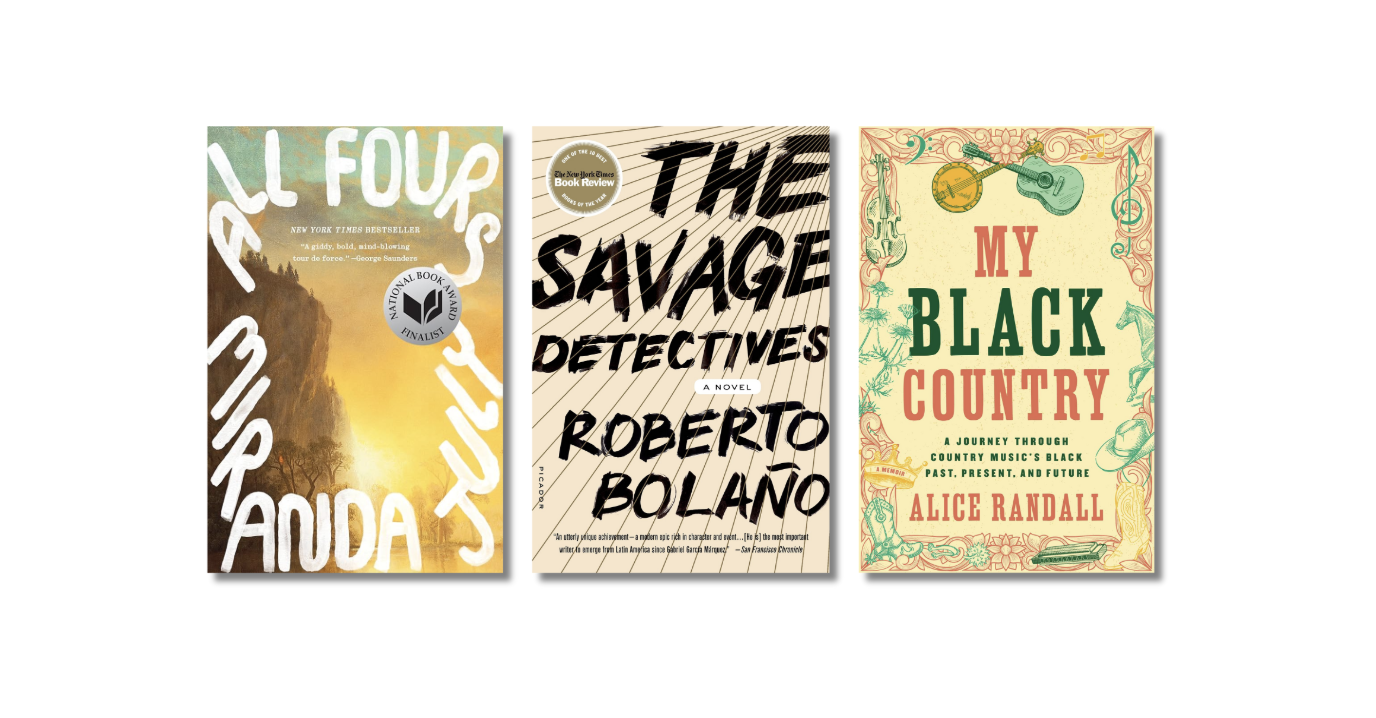
Over the holidays, I returned home to have a long conversation with my brother, a lawyer, about religion. In recent years he’s been exploring Judaism, drawn to its strong traditions of law and scholarship. I should mention we are not Jewish. We were raised Catholic. But his wife is Jewish and they are raising their children in that faith, so it makes sense that he would educate himself. I argued in favor of a worldview rooted in observable reality and devoid of mysticism, faith, and spirituality. I painted religion as a too-convenient crutch for existential questions and too fuzzy — or worse, too unbending — on practical concerns. He offered a rebuttal. And so it went. As is often the case with brothers, in the end we resolved little while exercising ourselves greatly.
 Religiosity is an interesting development in my brother’s life. Growing up, he was a rather strident critic of organized religion, going so far as refusing to be confirmed, which at our Catholic school resulted in something of a minor scandal. While I, too, had my reservations about the church, I managed to retain some semblance of faith well into adulthood. The irony, of course, is that around the time I was reevaluating my beliefs he was discovering his. Perhaps it’s this complementary trajectory that has led both of us to appreciate the work of Yann Martel. The Canadian author has made a rather successful career for himself out of just this type of sacred/profane wrangling. He once said that his most famous novel, Life of Pi, could be summarized in three sentences: “1) Life is a story. 2) You can choose your story. 3) A story with God is the better story.” If the last of these is true, then surely my brother is living the better story. But I have my doubts. A spiritual practice seems if not archaic then, at the very least, less urgent in the contemporary world than it once did when religion offered the only answers to inexplicable phenomenon. Granted, restricting religion to the role of oracle is a crude abbreviation of its scope; religion has evolved over thousands of years into a sophisticated system of meaning-making and emotional support. Even so, religion’s role in the data-driven 21st century seems to be less about objectivity and more about its usefulness as a path to personal enlightenment. In his new novel, The High Mountains of Portugal, Martel makes a bid for understanding religion’s enduring role in contemporary life as one that favors a practical approach of meaning-making and change-effecting.
Religiosity is an interesting development in my brother’s life. Growing up, he was a rather strident critic of organized religion, going so far as refusing to be confirmed, which at our Catholic school resulted in something of a minor scandal. While I, too, had my reservations about the church, I managed to retain some semblance of faith well into adulthood. The irony, of course, is that around the time I was reevaluating my beliefs he was discovering his. Perhaps it’s this complementary trajectory that has led both of us to appreciate the work of Yann Martel. The Canadian author has made a rather successful career for himself out of just this type of sacred/profane wrangling. He once said that his most famous novel, Life of Pi, could be summarized in three sentences: “1) Life is a story. 2) You can choose your story. 3) A story with God is the better story.” If the last of these is true, then surely my brother is living the better story. But I have my doubts. A spiritual practice seems if not archaic then, at the very least, less urgent in the contemporary world than it once did when religion offered the only answers to inexplicable phenomenon. Granted, restricting religion to the role of oracle is a crude abbreviation of its scope; religion has evolved over thousands of years into a sophisticated system of meaning-making and emotional support. Even so, religion’s role in the data-driven 21st century seems to be less about objectivity and more about its usefulness as a path to personal enlightenment. In his new novel, The High Mountains of Portugal, Martel makes a bid for understanding religion’s enduring role in contemporary life as one that favors a practical approach of meaning-making and change-effecting.
On its surface, High Mountains is obsessed with religiosity. Its three long, largely independent chapters each confront deep questions of faith and religion’s (at times tautological) cultural legacy. The book opens with Tomás, a young man from Lisbon who has, in quick succession, lost his lover, his son, and his father, a composite blow that manifests in Tomás’s peculiar ambulation: he walks backwards as a rebuke to God. To settle the score with God, Tomás seeks out a 17th-century crucifix thought to be somewhere in Portugal’s remote northeastern corner. This crucifix is supposed to depict Christ as a chimpanzee and Tomás believes it would cause a scandal if made public. “With this object,” he says, “I’ll give God His comeuppance.” The novel then jumps forward in time to New Year’s Eve 1938 where Dr. Eusebio Lozaro’s late wife, Maria, drops by her husband’s office to explain the similarities between the work of Agatha Christie and the Gospels. The novel’s final chapter finds Peter Tovey, a Canadian Member of Parliament, buying an ape named Odo and returning to the town of his birth for a resolution that crystallizes the novel’s disparate storylines on a church altar.
A surface reading indicates that High Mountains advocates an unorthodox but still firmly traditional Christian worldview, yet Martel’s work has long resisted religious purity. Pi Patel, the protagonist of Life of Pi, drew from three faiths — Christianity, Hinduism, and Islam — as needed without agonizing over any contradictions in dogma. Here, Maria Lozaro, who we’re told is a devout woman, similarly finds nothing blasphemous in drawing parallels between the deductive fictions of Agatha Christie and the divine imperative ascribed to the Christ story. Even if he’s wary of picking sides, does this mean that Martel insists on some kind of religious worldview? I don’t believe so. I think what Martel’s books have long understood is that religion is best employed not as an end in and of itself, but rather as a methodology that imparts meaning to observable reality. We see that with Pi who turns to three faiths for the strength to survive a hellish odyssey and we see it with Dr. Lozaro who uses literary analysis of scripture to cope with his wife’s passing. Similarly, without God to lash out against, Tomás’s grief would have no outlet.
Martel further makes the case for the practical application of religious belief by endorsing the ineffably literary merits of faith. Speaking of Jesus’s preference for parables, Maria asks her husband, “Why would Truth use the tools of fiction?” It’s an interesting question that harkens back to Martel’s claim that “[a] story with God is the better story.” Maria is first and foremost concerned with fiction’s pedagogical implications. Remember, Maria has journeyed back from the underworld to comfort her husband with literary analysis. She’s clearly invested in fiction’s broader project of understanding. High Mountains starts with a man searching for a crucifix, then moves to the widespread impact of Jesus’s life as a literary meme. But after priming the pump for a neat resolution embracing Christian theology, Martel artfully segues the conversation to the practical implications of faith. “How does one live an eternal idea in a daily way?” Maria asks her husband. Martel answers with Agatha Christie because he’s more interested in the story-as-explanation model of religiosity then the divine-word-as-fact model. The story with God may, indeed, be the better story, but it remains, first and foremost, a story. Martel is revealing a fundamental strength of religion, here: it is fungible; its vagueness allows it to be infinitely applicable to whatever trials face an individual or a group. Christian theology centered Tomás’s ire on a crucifix; so, too, did it provide Dr. Lozaro a method to connect with his late wife; it even plays a pivotal role with Peter in the novel’s closing movements. The story craft element of religion allows each of these actions to amplify meaning by tying them into an ongoing narrative.
With that in mind, we can look to the setting of High Mountains to identify an ecological role for religion to play in the 21st century. “Every country yearns to flaunt that glittering jewel called a mountain range,” Martel writes of the novel’s eponymous range. “[A]nd so this barren wasteland, too low to be alpine but too high to be usefully fertile, has been bedecked with a grand title.” Despite the rapid pace of technological advances seen throughout Portugal, Canada, and the United States in the nearly 80 years the novel covers, these mountains remain relatively frozen in time and ecologically pristine — no doubt precisely because they are of marginal use to industrialized society. So little has changed, in fact, that the consequences of Tomás’s visit in 1904 are still felt by residents when Peter Tovey returns in 1981. By contrasting the mountains with industrialized society, Martel critiques a culture that trivializes the natural world. Odo, Peter’s ape, best embodies that critique. We know little about Odo’s biography, but we do know that he was wild caught and extensively experimented upon before meeting Peter. The high mountains, then, close the loop for Odo; his emotional wellness (not to mention Peter’s spiritual wellbeing) improves as a direct result of returning to nature. Near the end of the book Peter’s son, Ben, who has been skeptical of his father’s new life, comes to the high mountains for a visit. Along with Odo they tour the local church.
As they leave the church Peter turns to his son. ‘Ben, you asked me a question. I don’t know what’s with all the apes. All I know is that Odo fills my life. He brings me joy.’
The ape grins and then lifts his hands and claps a few times, producing a muffled sound, as if quietly calling them to attention. Father and son both watch, transfixed.
‘That’s a hell of a state of grace,’ Ben says.
Despite his sarcasm, Ben is won over by Odo and by the connection to nature that he represents. Martel’s focus on returning to the land comes at a time when nations are weighing the need to reduce reliance on fossil fuels against a powerful desire to retain the standard of living legacy energy has enabled. These conflicting drives do not ready bedfellows make. In fact, they are the kinds of seemingly mutually exclusive trajectories that often prompt reactionary religiosity — the political right’s coalition of evangelicalism and climate change denial bears stunning witness to this phenomenon. Yet the trajectory of High Mountains suggests religion can be used as a vehicle to deliver a message of environmental stewardship. Conceived of this way, religion plays a persuasive role in contemporary life, as evidenced by a joint study by Yale and George Mason University released in November of 2015 titled “The Francis Effect,” which found that “Americans…became more engaged in and concerned about global warming” as a result of Pope Francis’s progressive stance on climate matters. “[F]indings suggest that the Pope’s teaching about global warming contributed to an increase in public engagement on the issue, and influenced the conversation about global warming in America.” Martel isn’t explicitly addressing climate concerns in his book, but he is advocating for a greater connection with the land. When he turns to religion to deliver his message, Martel, like the Pope, taps into a readymade infrastructure, which, as we’ve seen, is made all the more persuasive because of its narrative properties.
I didn’t really return home simply to have a conversation with my brother about religion. Rather it was the kind of thing that naturally comes up over the holidays when families reunite and divergent lives press back together often with all the subtlety of plate tectonics. The fiction simply provided a convenient way to frame the dichotomy of religion’s enduring power in a contemporary world that seems capable of operating without it. Ultimately, Martel’s work shows us that the form religiosity takes says more about historical precedent and cultural expediency than it does about spiritual purity or metaphysical veracity. What matters is not whether one believes in a higher power, but rather making use of whatever philosophical tools give life meaning and create vectors by which to effect change in the world. The meaning itself can either be shared, as with organized religions, personal and idiosyncratic, as with Maria Lozaro’s reading of Agatha Christie, or even as contrived as Portugal’s high mountains. What truly matters is finding a meaning because without that the world proves difficult to endure, let alone change. Martel’s religiosity is a practical an elegant one. There’s much to recommend it on that score. And, who knows? Martel may be right. Ultimately, it may come to pass that the story with God is not only the better story but also the necessary story. Maybe. But I’m still not convinced.









